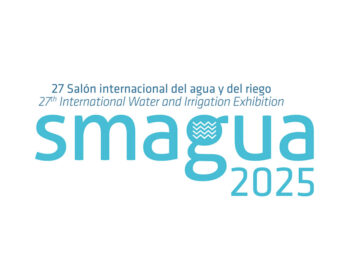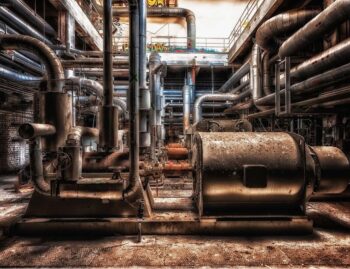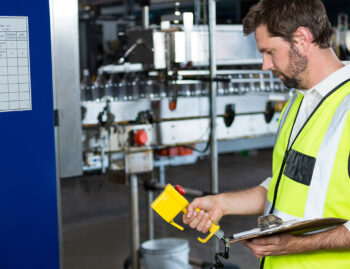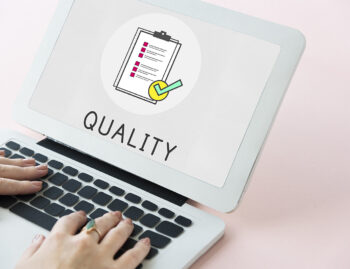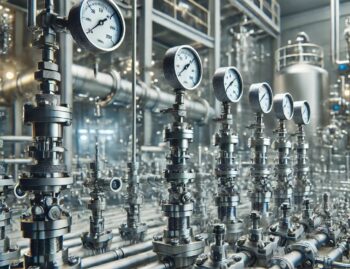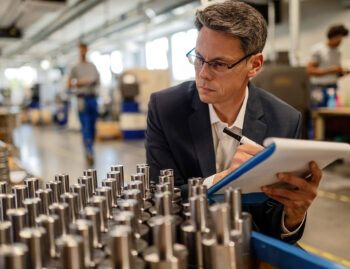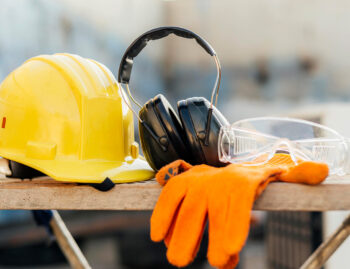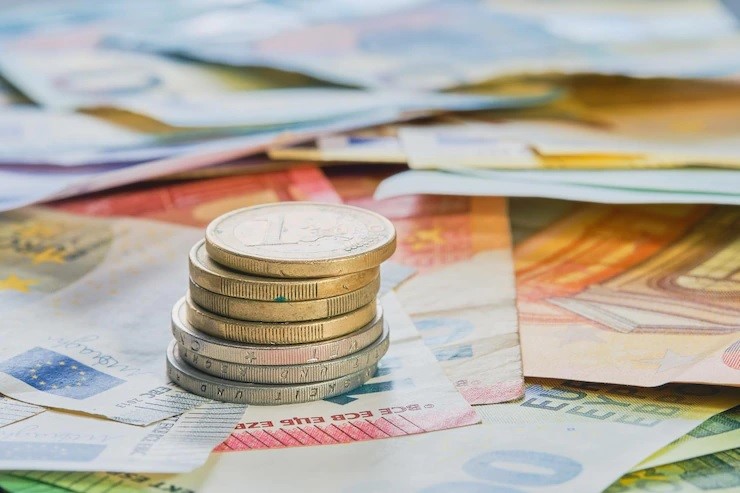
In many industries, security is of utmost importance and safety and relief valves are crucial components in ensuring this. These valves are essential to prevent the build-up of pressure in systems containing liquids, gases or vapours, which can cause failures and explosions. However, there is a cost involved in implementing these valves, and it is important to understand the factors that influence that cost.
The cost of a safety and relief valve varies depending on a number of factors, including the size of the valve, pressure and temperature at which it is designed to operate, and the material used in its construction. In addition, there are a variety of types of safety and relief valves available on the market, each with different features and prices. In general, the higher the capacity The higher the cost of the valve, the higher the cost of the valve.
Another factor to consider is the design and manufacture of the valve. Safety and relief valves must comply with certain requirements. specifications to ensure their safety and reliability. This means that high quality valves, which meet industry standards, are more expensive than lower quality valves.
In addition to the initial cost of the valveIt is also important to consider the total cost of ownership. This includes installation, maintenance and replacement costs. Safety and relief valves should be inspected regularly and replaced if signs of wear or damage are detected. If proper maintenance is neglected, valves can fail and cause costly and dangerous damage.
In some cases, safety and relief valves may be an important part of a safety valve. integral part of a larger systemThis means that valve failure can affect the operation of the entire system. Therefore, it is important to choosing the right valve and ensure proper installation and maintenance to avoid costly problems.
In addition to the monetary cost of the safety and relief valves, there are also costs associated with their environmental impact. If a valve fails and causes a leak, there can be severe consequences for the environment and the human health. It is therefore important to choose valves that are safe and environmentally friendly.
As technology advances, so does the ability of safety and relief valves to integrate with more advanced monitoring and control systems. These systems can help detect valve failures before they occur and, in some cases, even automatically adjust the operation of the valve to avoid problems.
In short, the costs of safety valves and relief vary depending on a number of factors, including the size of the valve, the pressure and temperature at which it is designed to operate, the material used in its construction, and the quality level of the valve. In addition to the initial cost of the valve, it is also important to consider the total cost of ownership, including installation, maintenance and replacement costs. It is important to choose the right valve and ensure their proper installation and maintenance to avoid costly and potentially dangerous problems. It is also important to consider the environmental costs associated with safety and relief valves.
Although it can be tempting to go for the cheapest option When purchasing safety and relief valves, it is important to remember that safety must not be compromised by price. Choosing a poor quality valve or omitting regular maintenance can result in costly and dangerous long-term problems.
In conclusion, safety and relief valves are a crucial part in many industries and are essential to ensure safety and prevent costly damage. It is important to consider the various factors that influence the cost of these valves and to choose the right option. to ensure security and the efficiency of the overall system.
